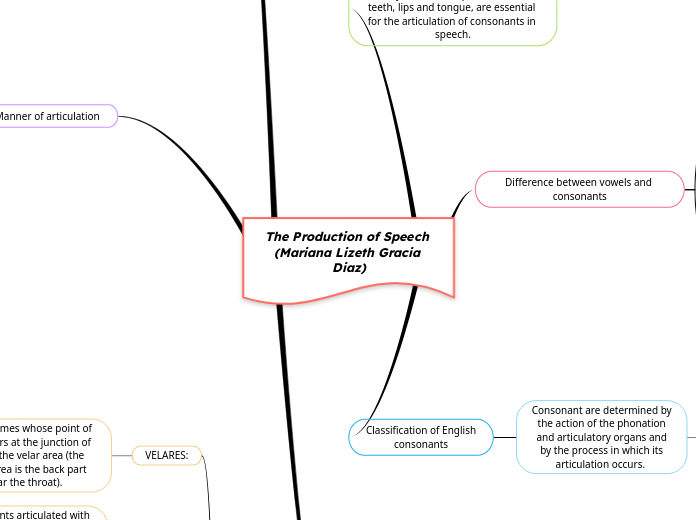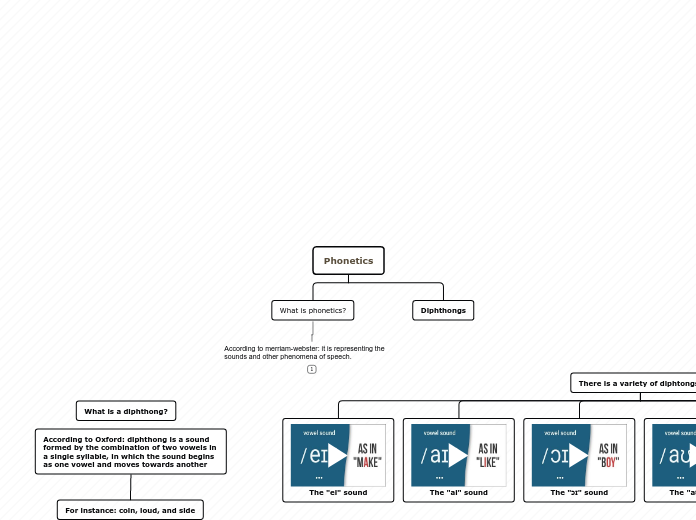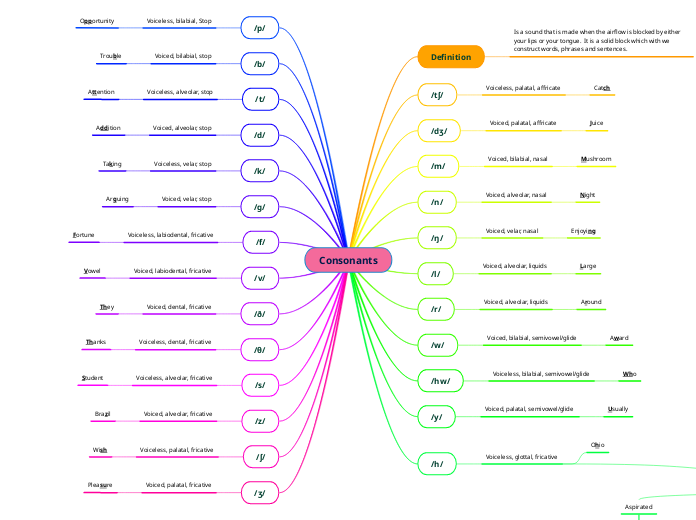jonka Mariana Lizeth GRACIA DIAZ 1 vuosi sitten
109
The Production of Speech (Mariana Lizeth Gracia Diaz)
The classification and production of English vowels and consonants involve both articulatory and auditory criteria. Vowels are characterized by unobstructed airflow and include 20 distinct sounds, while consonants, produced by stopping the airflow, encompass 24 sounds.









